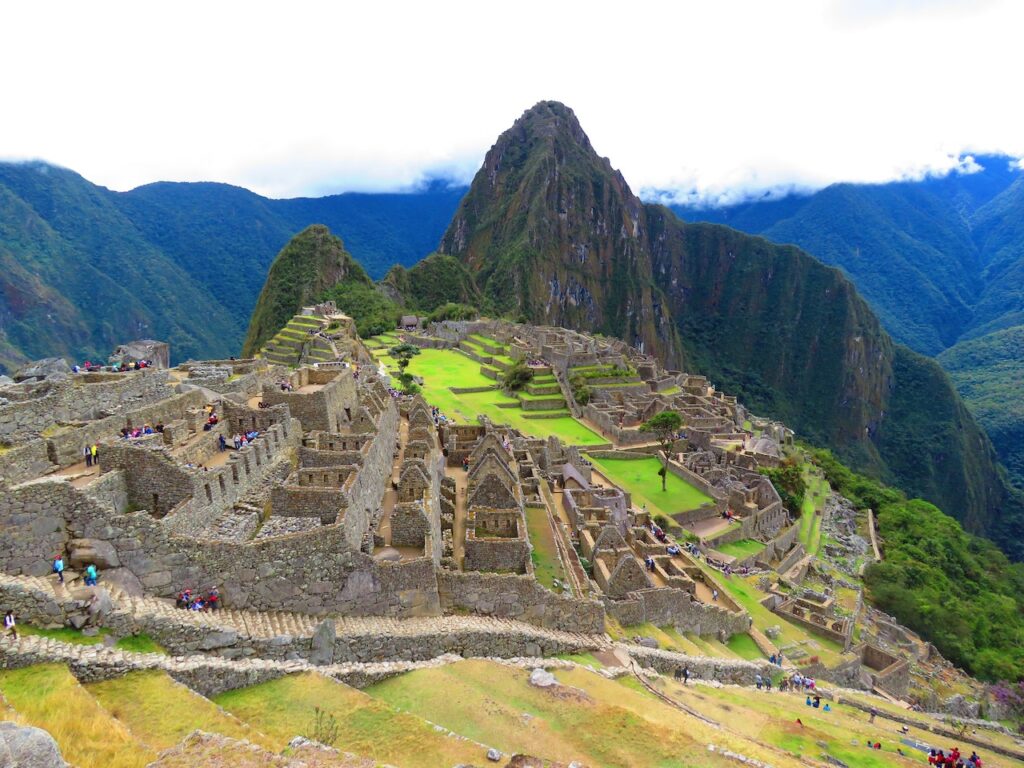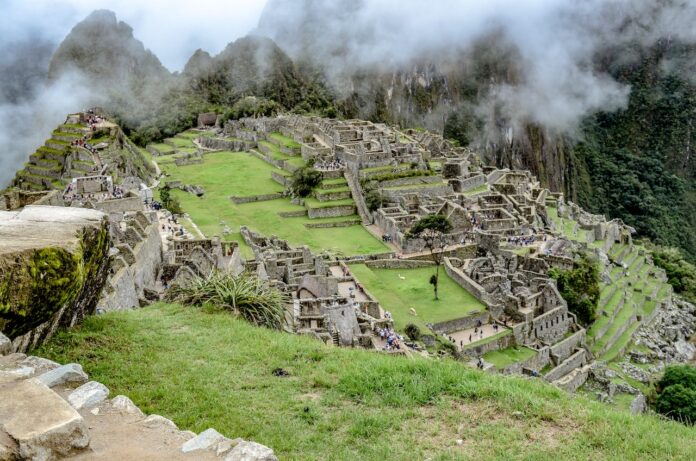Perched high in the Andes Mountains of Peru, hidden amongst the lush green peaks and shrouded in mist, lies a place of unparalleled wonder and mystery – Machu Picchu. This ancient Inca citadel, often referred to as the “Lost City of the Incas,” is a UNESCO World Heritage Site and one of the most iconic archaeological wonders of the world. In this article, we will embark on a journey to unravel the secrets and significance of Machu Picchu.
A Glimpse into the Past
Machu Picchu’s history is a captivating tale of an ancient civilization that reached incredible heights in architecture, engineering, and culture. It was built by the Inca Empire around the mid-15th century during the reign of Emperor Pachacuti Inca Yupanqui. This remarkable feat of construction is believed to have served as a royal estate or a ceremonial retreat, surrounded by a network of agricultural terraces, temples, and residential buildings.
Architectural Marvels
At first glance, Machu Picchu’s architecture appears to be seamlessly integrated with its natural surroundings. Its stone structures, constructed without the use of mortar, are a testament to the Inca’s exceptional craftsmanship. The precisely cut stones, often weighing several tons, fit together so perfectly that not even a knife blade can penetrate the gaps.
One of the most iconic structures is the Intihuatana stone, a ritual stone associated with astronomy and believed to have held spiritual significance. It is considered an astronomical observatory that allowed the Incas to track the movements of celestial bodies.
The Mystery of Its Abandonment
One of the enduring mysteries of Machu Picchu is why it was abandoned by the Incas. The prevailing theory suggests that it was abandoned during the Spanish Conquest in the 16th century to protect it from the invading conquistadors. The remote location and the secrecy surrounding the site likely contributed to its preservation.
However, there is no concrete evidence to support this theory, and many questions remain unanswered. Some historians believe that the site was abandoned much earlier due to a decline in the Inca Empire or because of epidemics that ravaged the population.
Rediscovery by Hiram Bingham
Machu Picchu remained hidden from the outside world for centuries until it was rediscovered by American historian and explorer Hiram Bingham in 1911. Bingham’s expedition brought international attention to the site, leading to extensive research, preservation efforts, and the eventual recognition of Machu Picchu as a UNESCO World Heritage Site in 1983.
The Spiritual Significance
Machu Picchu’s spiritual significance is evident in its alignment with the natural elements and the cosmos. The city’s layout is believed to be a reflection of Inca cosmology, with its temples and sacred spaces dedicated to deities such as the sun god Inti and the earth goddess Pachamama.
The Intihuatana stone, mentioned earlier, is central to this spiritual connection. It is thought to have been used for rituals and ceremonies, possibly as an instrument for astronomical observations, and to tether the city to the heavens.

The Breathtaking Views
Machu Picchu’s location high in the Andes offers not only historical and architectural wonders but also breathtaking natural beauty. Visitors are rewarded with panoramic views of the surrounding mountains and valleys. The iconic photograph of Machu Picchu with Huayna Picchu in the background is etched in the minds of travelers worldwide.
The citadel’s location is not only awe-inspiring but also strategically chosen. It stands at the crossroads of several important trails, including the Inca Trail, which served as a vital trade and transportation route for the Inca Empire.
Conservation Challenges and Efforts
Machu Picchu’s status as a global treasure comes with the responsibility of preserving its fragile ecosystem and cultural heritage. Over the years, increased tourism has raised concerns about environmental degradation, erosion, and the wear and tear on the ancient stone structures.
In response to these challenges, the Peruvian government has implemented measures to limit visitor numbers, control access, and promote sustainable tourism practices. Strict regulations and guidelines are in place to ensure that Machu Picchu remains a symbol of Peru’s rich cultural heritage for future generations.
Visiting Machu Picchu Today
Visiting Machu Picchu is a bucket-list experience for many travelers. Getting there involves a trek along the Inca Trail or taking a train to the town of Aguas Calientes, followed by a bus ride to the entrance. Visitors can explore the ruins, marvel at the architecture, and soak in the breathtaking views.
It’s essential to plan ahead and book permits well in advance, especially if you intend to hike the Inca Trail, as there are limitations on the number of daily visitors. Guided tours are also available for those who wish to gain deeper insights into the history and significance of the site.
The Spirit of Machu Picchu
Machu Picchu, with its enigmatic past and breathtaking beauty, continues to captivate the hearts and minds of people from around the world. It is not just an archaeological site but a place that exudes a sense of wonder, mystery, and spirituality. The spirit of Machu Picchu lives on in the whispers of the wind through its stone structures and the awe-inspired gasps of visitors as they behold its majesty.
As we reflect on the history and significance of Machu Picchu, we are reminded of the enduring power of human achievement and the deep connection between culture, nature, and the cosmos. This remarkable citadel in the clouds invites us to explore the mysteries of our past while inspiring us to preserve and protect the wonders of our world for generations to come.
In conclusion, Machu Picchu stands as a testament to human ingenuity, cultural richness, and the enduring allure of ancient mysteries. Its breathtaking beauty and spiritual significance continue to draw explorers, archaeologists, and travelers alike, inviting them to unravel its secrets and bask in its timeless wonder. Machu Picchu is not merely a place; it is a profound experience that leaves an indelible mark on the soul of those who are fortunate enough to visit its sacred grounds.


